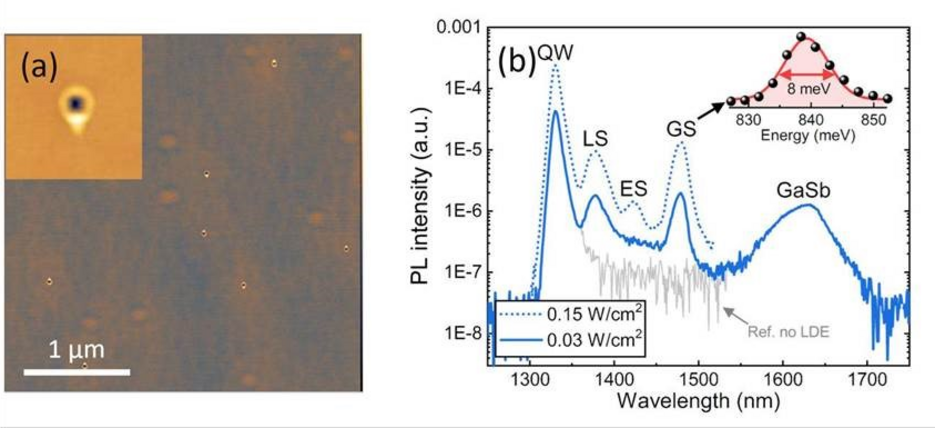Dr. Tobias Huber-Loyola receives funding for QuantERA project
16.07.2024The FiGAnti project recently started: pioneering fibre-coupled GaSb quantum dot single-photon sources for advanced quantum key distribution. We explore new materials and technologies to enhance secure data transmission.
FiGAnti is a project within the QuantERA program, the largest quantum technology research funding program in Europe. It is organized by the QuantERA II ERA-Net Cofund network. The fourth edition of the competition was announced in January 2023 by 35 organizations funding scientific research from 28 countries.
FiGAnti has been selected out of a total of 101 applications that were submitted for international research projects in the field of quantum technologies in the categories “Quantum Phenomena” and “Resources and Applied Quantum Science”. International consortia consisting of at least three research teams from three countries participated in the competition for funding.
The acronym FiGAnti stands for “Fibre-Coupled GaSb Quantum Dot Tunable Single-Photon Sources for Field Deployed Quantum Key Distribution”. Unlocking the future of secure data transmission, the FiGAnti project harnesses the power of quantum cryptography to for secure encryption. While classical cryptography depends on complex mathematics, quantum cryptography leverages the immutable laws of quantum mechanics. This means provable security, as quantum states cannot be copied and any measurement leaves a detectable trace.
Single photons, the building blocks of light, are perfect for creating unbreakable encryption keys. To achieve this, we need single-photon sources that emit at around 1550 nm wavelength, ensuring minimal loss over long distances in silica fibers. These sources must also be compact and fiber-coupled, seamlessly fitting into existing infrastructure.
Epitaxial quantum dots seem to be the ideal candidates for single-photon generation. They promise high quality, low multiphoton emission, the possibility of creating entangled photons, and compatibility with semiconductor technologies. Yet, despite two decades of research, extending these benefits to the telecommunication spectral range is still a challenge.
The FiGAnti project is breaking new ground with (In)GaSb/AlGaSb quantum dots, an innovative material system to achieve efficient emission at the telecommunication wavelengths. Our partners at the University of Tampere (Finland) is fine-tuning their growth, with Wrocław University of Science and Technology (Poland) providing optical feedback. The partner from the French Alternative Energies and Atomic Energy Commission (France) will design an alternative optical structure and our team at the University of Würzburg will design and fabricate advanced optical cavities to boost photon generation and perform quantum optical measurements.
Our most promising single-photon sources will be put to the test in a real-world quantum key distribution setup, using the deployed fiber link between KTH Royal Institute of Technology (Stockholm) and Ericsson Labs. This isn't just a proof-of-concept – it's a step towards practical, field-deployed quantum encryption.
More information at: https://quantera.eu/figanti/



